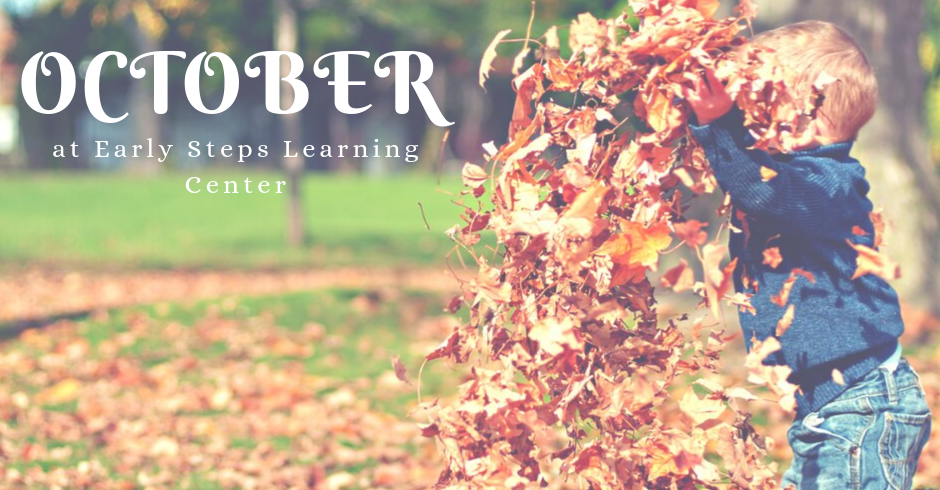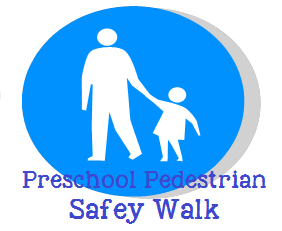Exploring the Solar Eclipse
We’re on the brink of experiencing a magnificent natural phenomenon – a solar eclipse! This event is not just a rare astronomical occurrence but also a wonderful educational opportunity for our children to learn about the wonders of the universe. Here’s how you can make the most of this exciting event with your little ones. Understanding the Solar Eclipse A solar eclipse occurs when the moon moves between the Earth and the sun, casting a shadow over Earth and momentarily




